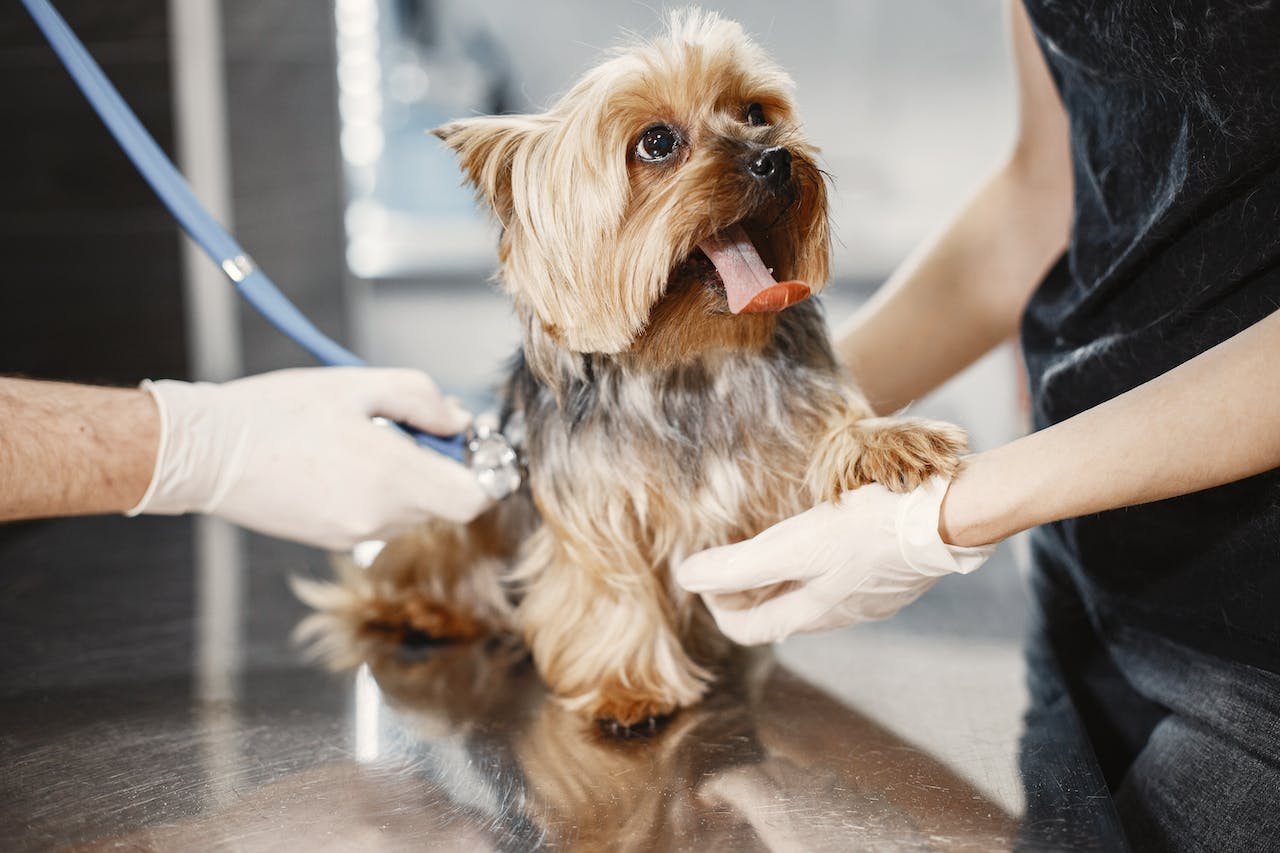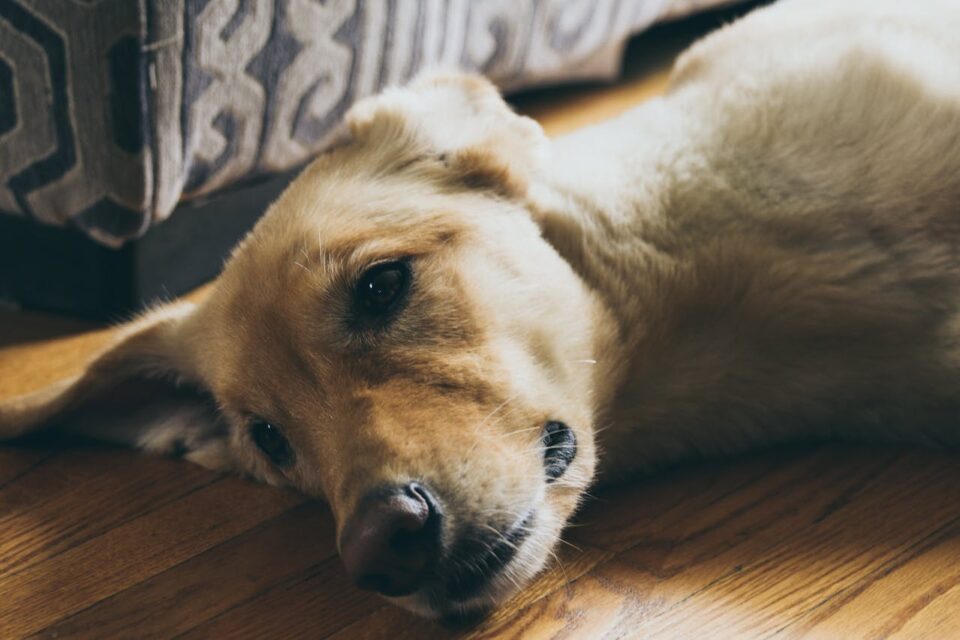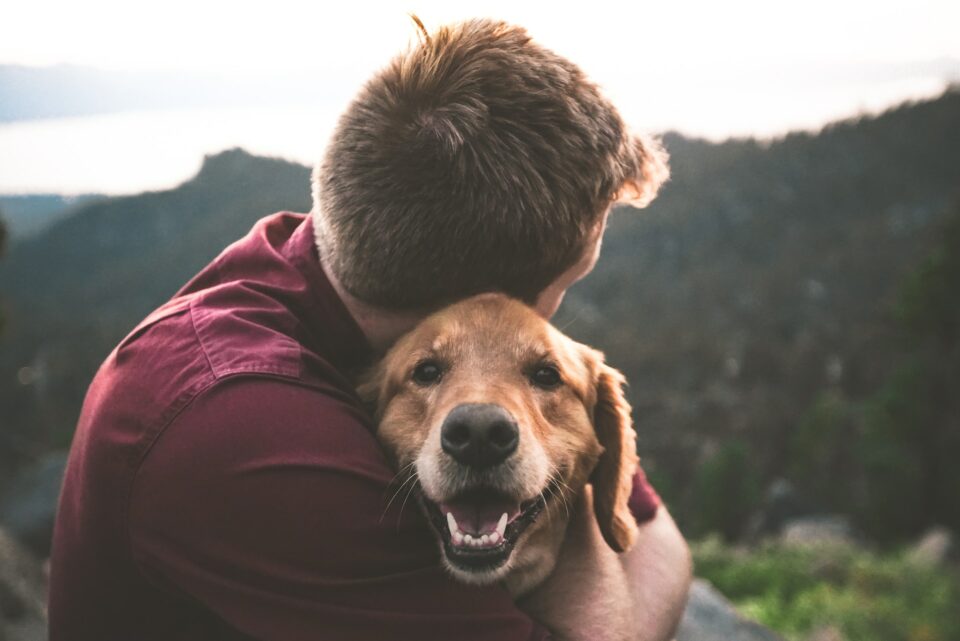
How to Treat an Open Wound on a Dog: First Aid Tips
Every pet owner understands the heart-stopping moment of discovering an open wound on their cherished dog. Whether from rough play, an unexpected accident, or an encounter with another animal, wounds can occur when we least expect them. As the first line of defense for our furry companions, understanding the initial steps to properly address an open wound is crucial to minimize complications and ensure the best outcome for your pet.
Tending to an open wound requires a delicate balance of prompt action and gentle care, especially when dealing with our canine friends who might not understand the situation. It's more than just cleaning and covering; it's about recognizing the severity, knowing when professional intervention is needed, and being equipped with the right knowledge to respond effectively. In this article, we'll guide you through the essential first aid measures to take when faced with an open wound on your dog. Keep reading to equip yourself with these invaluable insights for the well-being of your pet.
Related Link: How Do I Know if My Dog Has Joint Pain?
Recognizing the Severity of the Wound
Delving Deeper into Wound Types
Every wound that afflicts our canine companions is unique in its presentation and potential implications. Wounds can manifest as superficial abrasions or progress into deeper punctures that penetrate multiple layers of skin and tissue. Open wounds, such as gashes or lacerations, can be particularly concerning because they reveal the innermost tissues, making them susceptible to contaminants and subsequent infections. Conversely, closed wounds, while not breaking the skin's surface, might potentially cause unseen trauma beneath. Being able to identify the wound's nature and its severity is pivotal in guiding your subsequent steps towards appropriate care and intervention.
Determining the Need for Professional Assistance
While it's feasible to manage some superficial wounds within the confines of your home, there are instances where professional intervention is non-negotiable. Deep wounds, those that bleed profusely, injuries resulting from confrontations with other animals, or wounds that have foreign debris embedded within, all necessitate a veterinarian's expertise. Moreover, vigilant observation is crucial. If you discern indicators like pronounced swelling, warmth at the wound site, stark redness, or any uncommon discharge, it might be a sign of an impending infection. At any hint of these symptoms or if the healing trajectory doesn't seem to be on the right path, a veterinary consultation becomes paramount.
Searching for a range of pet products that may improve your pet’s health? Checkout Gou Gou Pets today!
Addressing Bleeding Wounds
Initial Actions for Hemorrhaging Injuries
Confronted with a bleeding injury on your pet, immediate and thoughtful action is paramount. Procure a clean cloth, sterile gauze, or any bandaging material at hand, and exert firm yet gentle pressure on the injury. This might aid in halting the bleed and also acts as a protective barrier against contaminants. If the situation allows, elevating the wounded part above the heart's level might be beneficial in decelerating the bleeding intensity. It's crucial to remember that any application of creams, ointments, or disinfectants without a vet's directive could potentially be detrimental.
Differentiating and Assessing Bleeding Intensity
Not all bleeding injuries are created equal. Some might exhibit a minimal ooze, while others can be alarmingly profuse. Being able to differentiate between a manageable bleed and one that needs urgent intervention is critical for your dog's safety. If, despite your best efforts in applying pressure, the bleeding remains unrelenting and profuse beyond a 5-minute timeframe, it's a glaring indicator that professional assistance is urgently required.
Related Link: Tips for Creating a Grooming Kit for Your Dog
Cleaning and Treating the Wound

Recommended Techniques for Wound Cleansing
Using lukewarm tap water or a gentle saline solution can be effective in cleaning most wounds. Methodical and gentle cleansing around the wound's vicinity is instrumental in eliminating any foreign particles or dirt. This simple act can potentially ward off infections and ensures that the wound margins remain conducive for healing. It's paramount to exercise caution and avoid the temptation of employing soaps, hydrogen peroxide, or household remedies. These might not only hamper the healing process but in certain cases, be toxic for your beloved pet.
Medications: Alleviating Pain and Warding Off Infections
Addressing pain and potential infections are two core objectives when managing a canine wound. Veterinarians might often prescribe pain alleviators such as specific NSAIDs or recommend certain antibiotics. Furthermore, topical treatments like antibiotic creams could also be on the prescription list. It's always wise to administer the full medication course as directed and to refrain from using any non-prescribed over-the-counter products.
Preventing Infection and Ensuring Proper Healing
Deterrents for Dog-Induced Interference
Post-treatment, one of the significant challenges pet owners face is ensuring their dogs don't meddle with the wound, either by licking or scratching. This might necessitate the use of protective measures such as a collar, specialized dog wear, or bandages to mitigate this behavior. Particularly for wounds that have undergone surgical intervention for drainage, it's pivotal to ascertain they don't prematurely seal, which could heighten the risk of abscess development.
Guidelines for Monitoring Recovery
Wounds, depending on their nature, can exhibit varied healing timelines. A routine examination of the wound site can offer insights into its healing progression. Healthy signs to watch out for might include diminishing redness and swelling. Conversely, consistent vigilance is required to spot potential complications such as persistent or unusual discharge, escalating pain, or any off-putting odors that could indicate infection.
Interested in learning more about how to care for your pet? Visit our blog.
First Aid for Pet Owners - Treating Open Wounds on Dogs

When it comes to the health and safety of our beloved pets, understanding the basics of first aid can make a significant difference. Whether it's an unexpected accident or a minor scrape, knowing how to address and treat open wounds promptly and effectively can potentially prevent complications and speed up recovery. As pet owners, our commitment to the well-being of our furry friends extends beyond love and companionship; it includes being prepared for emergencies and providing them with the best care possible.
For those seeking an effective remedy for their pet's wounds, Gou Gou Pets's First Aid Ointment is a game-changer. Specially crafted for dogs, cats, and horses, this ointment is enriched with naturally-derived herbal active ingredients. From minor cuts and abrasions to more severe bite wounds and punctures, its formulation addresses a range of injuries. Not only does it aid in mitigating blood stasis and swelling, but it also halts bleeding, promotes blood circulation, and fosters healthy tissue regeneration. What sets this ointment apart is its unique blend of natural, antioxidant-rich herbal and essential oils, meticulously researched and developed to ensure optimal healing. For those invested in their pets' health, Gou Gou Pets's First Aid Ointment is an invaluable addition to your pet care toolkit.
Related Link: How to Groom Dog’s Feet
Share
